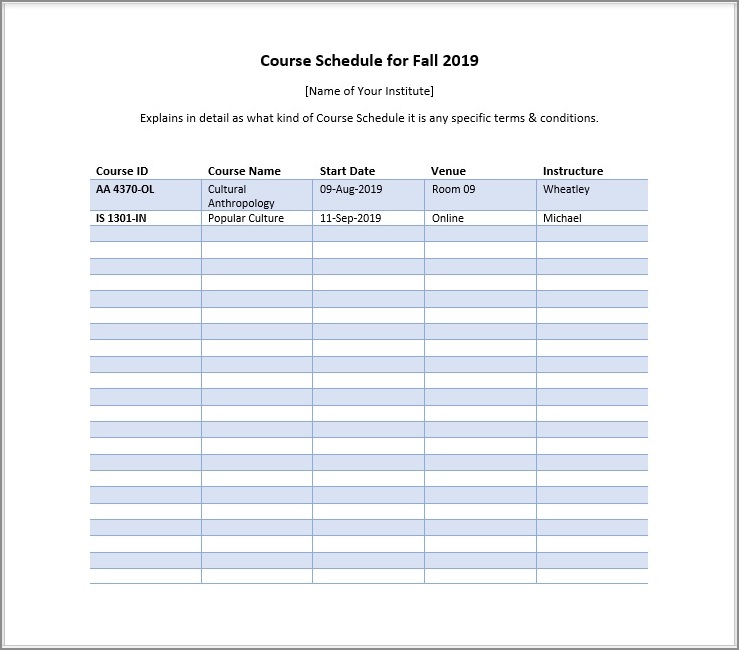As a student, managing your course schedule is crucial for academic success. Whether you are new to college or a seasoned scholar, understanding how to effectively plan your classes can make a significant difference in your educational journey.
In this guide, we will explore the ins and outs of course scheduling, providing you with valuable tips and strategies to optimize your learning experience.
What is a Course Schedule?
A course schedule is a timetable that outlines the specific classes you will be taking during a given semester or academic year. It includes the days, times, and locations of each class, as well as any additional information such as course codes, prerequisites, and instructors. Course schedules are typically provided by your educational institution and serve as a roadmap for your academic progress.
Creating a well-structured course schedule is essential for maximizing your learning potential and minimizing conflicts between classes. By carefully planning your classes, you can ensure that you have enough time to study, participate in extracurricular activities, and maintain a healthy work-life balance.
How to Create an Effective Course Schedule
Designing an effective course schedule requires careful thought and consideration. Here are some steps to help you create a schedule that works for you:
1. Assess Your Goals and Priorities
Before diving into course selection, take some time to reflect on your academic goals and personal priorities. Consider your intended major or area of study, as well as any extracurricular activities or part-time jobs you may have. This self-reflection will help you determine how many classes you can handle per semester and what times of day are most conducive to your learning style.
2. Review Course Catalogs
Once you have a clear understanding of your goals and priorities, review the course catalogs or class schedules provided by your educational institution. These resources will give you an overview of the available courses, their descriptions, and the prerequisites or restrictions associated with each class. Pay attention to any required courses for your major and any electives that pique your interest.
3. Consider Time Commitments
When selecting courses, take into account the time commitments associated with each class. Some courses may require additional lab sessions, group projects, or fieldwork, which can impact your overall schedule. It is important to ensure that you have enough time to dedicate to each class and complete all required assignments and readings.
4. Avoid Schedule Conflicts
One of the most common challenges in course scheduling is avoiding conflicts between classes. Carefully review the days and times of each class to ensure that there are no overlapping time slots. If you encounter a conflict, prioritize the classes that are necessary for your major or have limited availability and look for alternative sections or courses that can fulfill your requirements.
5. Seek Advice from Academic Advisors
If you are unsure about which courses to take or need guidance in creating your schedule, do not hesitate to seek advice from academic advisors. These professionals are well-versed in the course offerings and can provide valuable insights and recommendations based on your academic goals and interests.
6. Balance Workload and Difficulty
As you select courses, aim for a balanced workload and consider the difficulty level of each class. Avoid overloading yourself with too many challenging courses in a single semester, as this can lead to burnout and negatively impact your performance. Similarly, be cautious about taking too many easy courses, as this may hinder your intellectual growth. Strive for a well-rounded schedule that challenges you while allowing for personal growth and exploration.
7. Be Flexible
Flexibility is key when it comes to course scheduling. Due to various factors such as availability, conflicts, or changes in course offerings, you may need to adjust your schedule during the registration period. Have backup options in mind and be open to exploring different courses or sections that can still fulfill your requirements.
8. Create a Visual Representation
Once you have finalized your course schedule, create a visual representation of it. This can be done using a calendar app, a spreadsheet, or even a physical planner. Having a visual representation allows you to easily track your classes, assignments, and important deadlines, helping you stay organized and on top of your academic responsibilities.
Sample Course Schedule
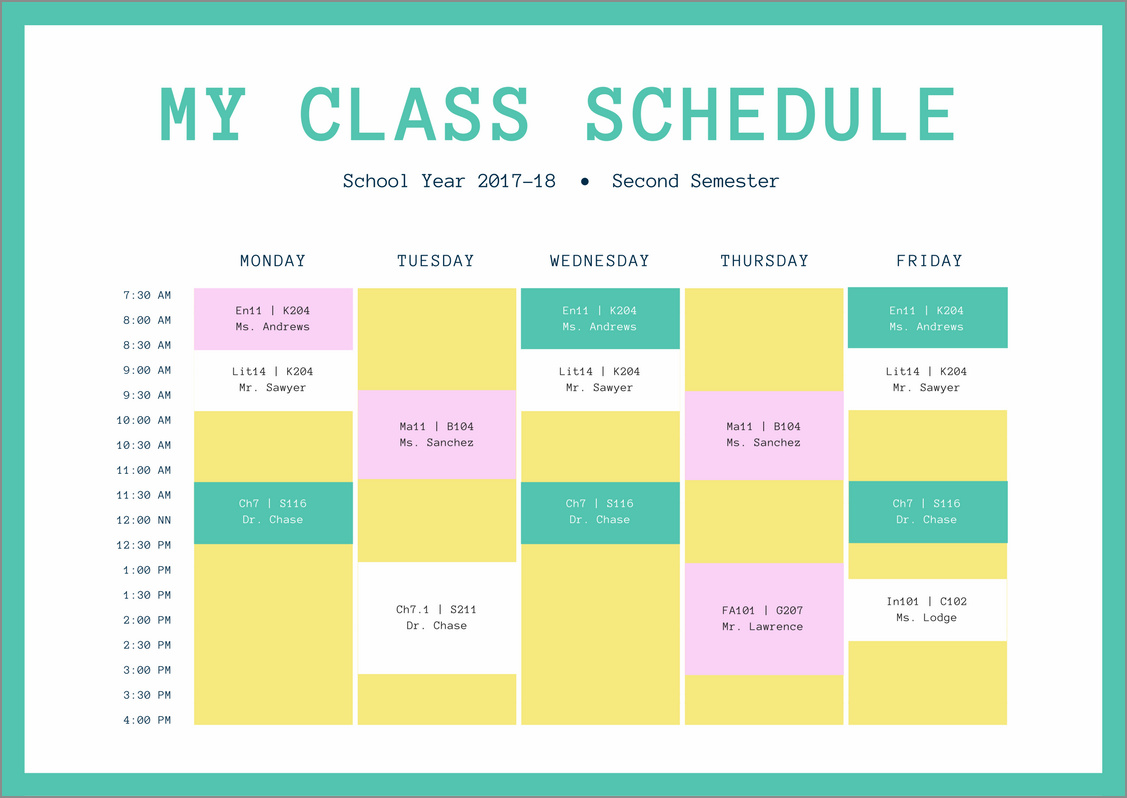
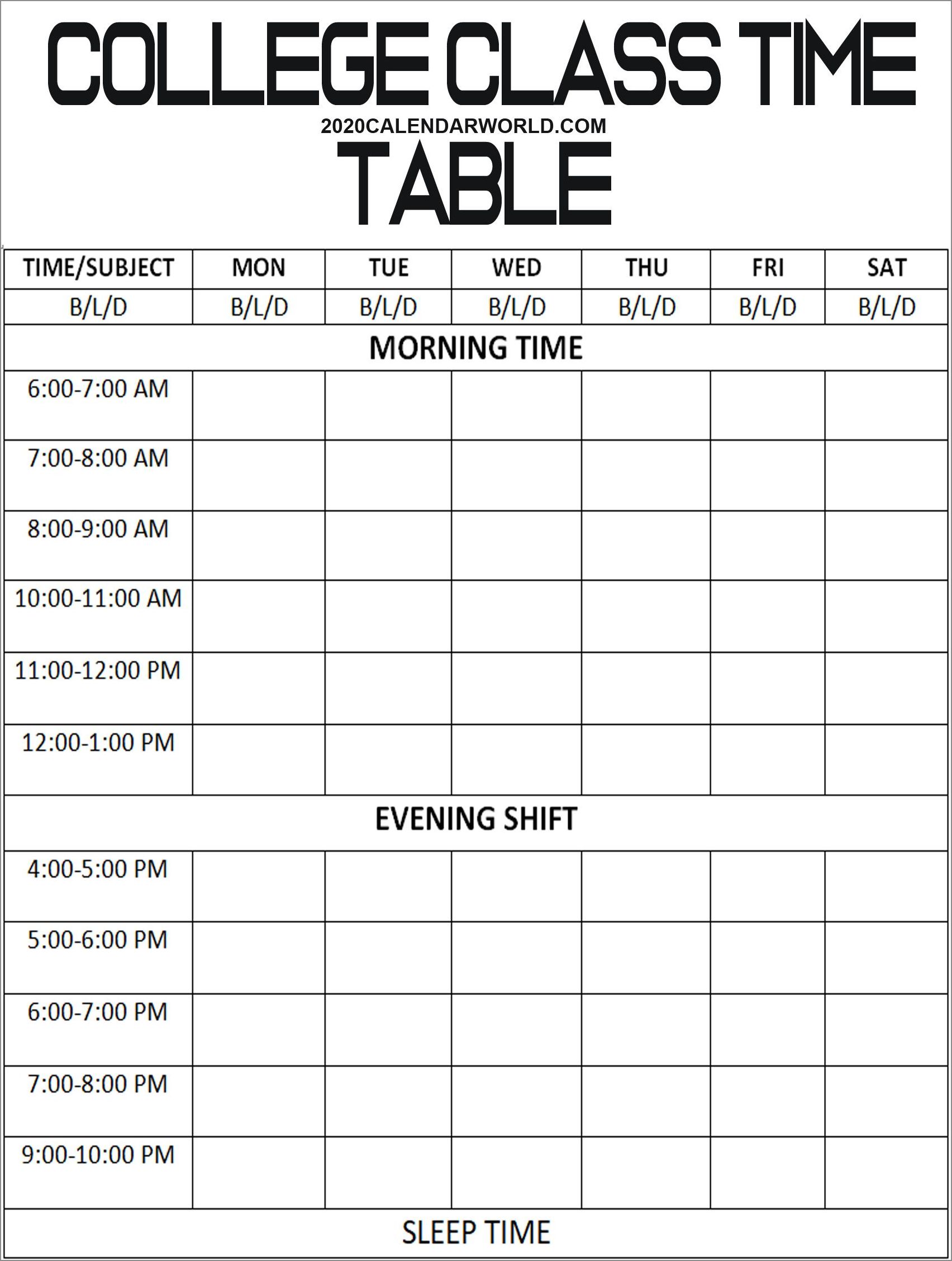
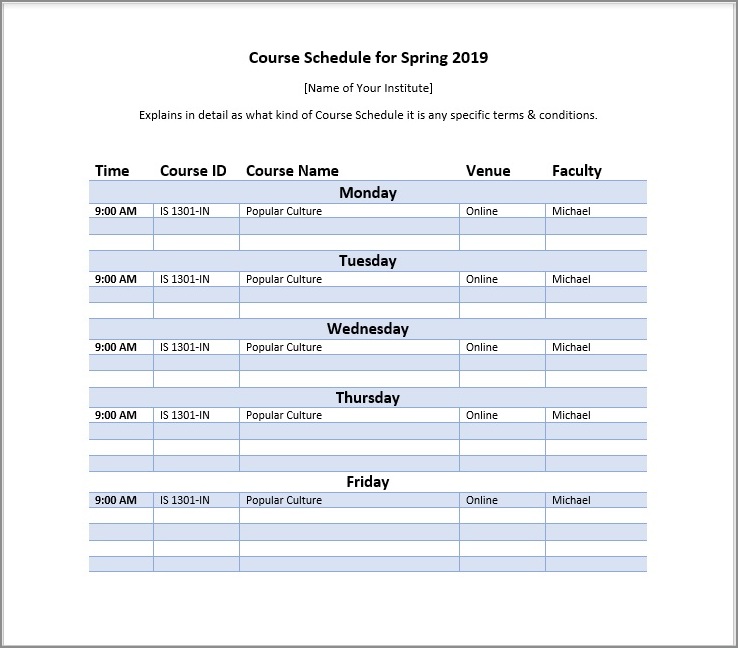
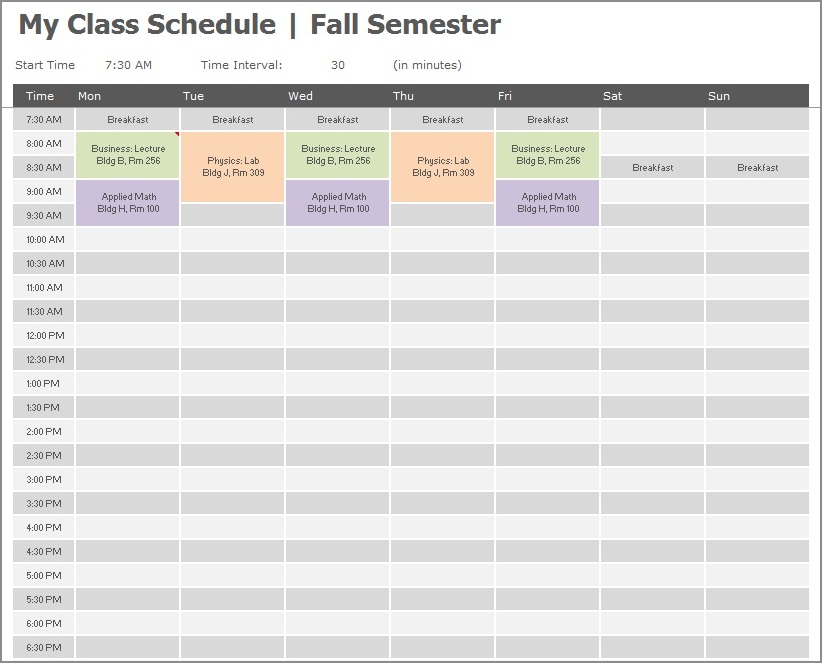
Here is an example of a well-structured course schedule for a student majoring in English Literature:
- Monday:
- 9:00 am – 10:30 am: Introduction to Shakespeare (Lecture)
- 11:00 am – 12:30 pm: British Romantic Poetry (Seminar)
- 2:00 pm – 4:30 pm: Writing Workshop: Fiction (Workshop)
- Tuesday:
- 10:00 am – 11:30 am: American Literature Survey (Lecture)
- 1:00 pm – 2:30 pm: Modernist Literature (Seminar)
- Wednesday:
- 9:00 am – 10:30 am: Introduction to Shakespeare (Discussion)
- 11:00 am – 12:30 pm: British Romantic Poetry (Lecture)
- 2:00 pm – 4:30 pm: Writing Workshop: Fiction (Workshop)
- Thursday:
- 10:00 am – 11:30 am: American Literature Survey (Seminar)
- 1:00 pm – 2:30 pm: Modernist Literature (Lecture)
- Friday:
- 9:00 am – 10:30 am: Introduction to Shakespeare (Seminar)
- 11:00 am – 12:30 pm: British Romantic Poetry (Discussion)
- 2:00 pm – 4:30 pm: Writing Workshop: Fiction (Workshop)
This sample schedule demonstrates a well-balanced combination of lectures, seminars, and workshops, allowing the student to engage with various aspects of English literature while also providing time for independent study and other commitments.
Conclusion
Mastering your course schedule is an essential skill for any student. By following the steps outlined in this guide and carefully considering your goals, priorities, and time commitments, you can create a schedule that sets you up for academic success. Remember to seek advice from academic advisors, be flexible, and maintain a balanced workload. With a well-structured course schedule, you will be well-equipped to navigate your educational journey with confidence and ease.
Course Schedule Template Excel – Download
